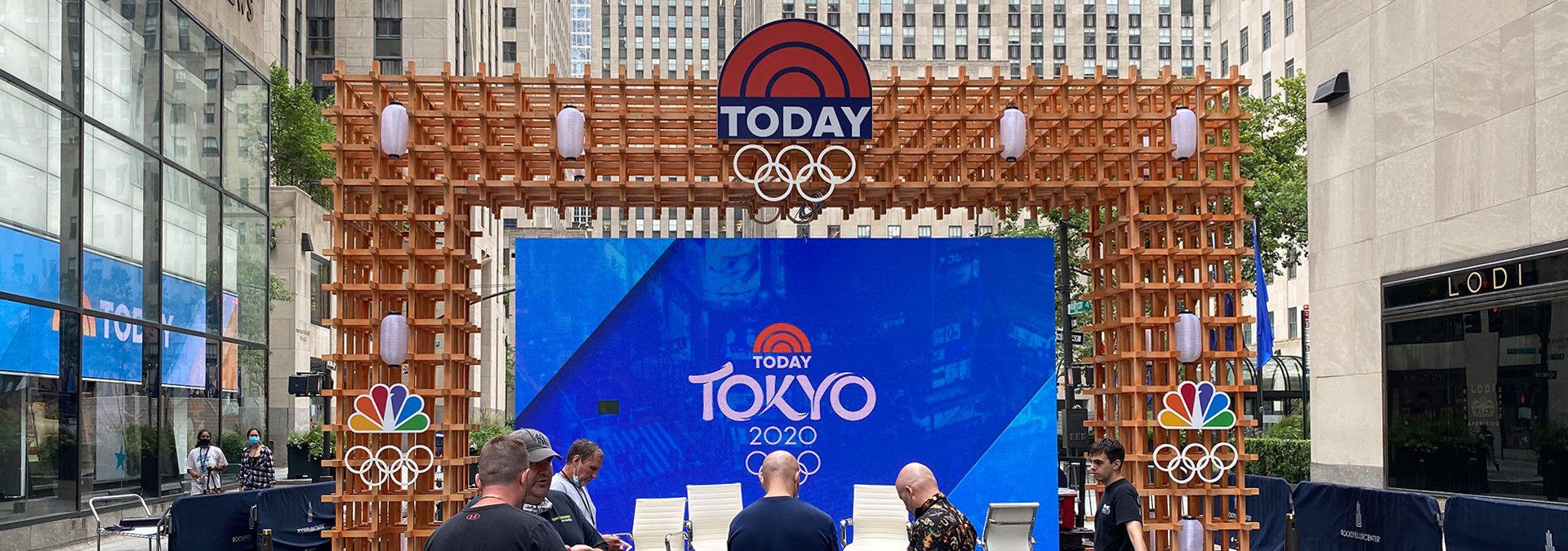Clarifying Luminescent Panel Screen Brightness Metrics for Peak Visual Effectiveness
Clarifying Luminescent Panel Screen Brightness Metrics for Peak Visual Effectiveness
Blog Article
LED panel screens have become more and more popular across different settings, including residences and commercial spaces as well as communal spaces. Such screens are recognized due to the bright and dynamic visuals, which make these suitable to communicating data, ads, as well as engagement. Nevertheless, comprehending the brightness levels of LED wall panels is crucial to guaranteeing ideal display performance. Brightness can be quantified in units called nits, which indicate how much light is emitted by a panel. A higher the number of nits, the more luminous a visual will be. For instance, instance, one panel with one thousand candelas stands considerably more vivid compared to a featuring 500 nits, making this one better equipped in well-lit environments.
As you selecting an LED wall panel, one becomes crucial in consider the environment in which it will be used. For well-lit lit spaces, such as shopping malls and open-air locations, higher increased luminosity rate is necessary to ensure visibility. Conversely, within dimmer settings, such as theaters and conference rooms, lower lower brightness level may be adequate. This is because excessive bright unnecessary luminosity within an dim setting may lead in viewer discomfort among the audience, causing them more difficult for concentrate with the display. Therefore, understanding the specific requirements of the setup site will aid in choosing a suitable illumination rate to ensure ideal visual experience.
A further important factor to take into account the contrast contrast proportion in an Light Emitting Diode wall screen. This contrast ratio measures how much disparity exists between the most luminous white versus the black shade that a panel is able to create. An greater differential ratio indicates that the display can present find here greater detail and richness, which improves overall visual clarity. For example, one screen boasting a contrast ratio of 10,000:1 will display images featuring greater vivid colors and crisper details compared to one with a proportion at 1,000:1. Such becomes especially important when displaying images and motion graphics that require high clarity and fine details, including presentations or advertising material.
Additionally, the technology that drives Light Emitting Diode panel panels has a crucial role in their brightness as well as total performance. Different types in Light Emitting Diode technologies, including OLED and LCD, have unique traits which impact how brightness is experienced. Organic Light Emitting Diode screens often offer better differential as well as darker blacks, which may improve Continue Reading the viewing experience within dim environments. On the other hand, standard Light Emitting Diode panels might be better for bright spaces because of their ability to generate greater levels of brightness. Understanding such tech-related differences will help users in deciding on informed choices according to their specific requirements.
In conclusion, regular maintenance and adjustment for LED panel screens can help preserve optimal brightness as well as performance long-term. Dust as well as particles can build up on a screen, affecting its illumination and clarity in a visual. Periodic cleaning as well as professional calibration may ensure that panel panel functions at its optimal, offering consistent image clarity. Additionally, certain sophisticated LED wall screens come with integrated options which enable users for modify brightness settings and color adjustments according to individual wants. By implementing these measures, users will guarantee that LED LED wall screens deliver an best visual performance, no matter where environment where that they are placed.